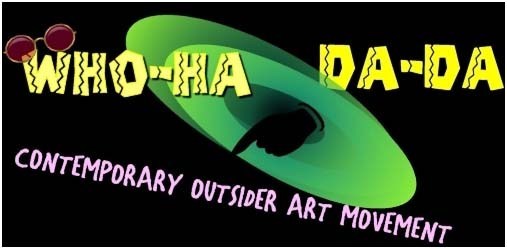What exactly is Dadaism? If you don’t know, then perhaps you’re spending too much time playing free sex games and reading too many London Escort Reviews. It was the year 1916 that Dadaism came about in Zurich. It is done to oppose and take a stance against World War I. The Dadaism Movement is not easy to define. Members of the movement did not want it to fall into a defined norm since it was a movement centered on conceptual art. The focus was on the creation of the kind of art that challenged the conventional and traditional form of art. It was also focused on societal issues and the artist role had to be taken into consideration.
The Phrase
The phrase ‘Dada’ is translated hobby horse. Hugo Ball, a poet and author from Germany coined that phrase. He was the person who founded and established the Dadaism movement. During that time, the movement had a huge influence on the medium including cabaret performer, Emmy Hemmings and sculptor, Marcel Duchamp. It didn’t matter what the medium though. Dadaism movement was filled with humor, a little obscenity and silly exhibitionism as well as other character traits. Let’s look at some of those characteristics.
The Humor
Because of what we know about Dadaism, it can be said that humor was one of the character traits of the Dadaism movement. The kind of literature and art was filled with nonsensical humor and silly laughter and visual retort. The poets and artists as well as writers tried to portray creative wit and lightheartedness in view of the trying to give meaning to the real cultural feelings about the situation.
The Absurdity
In the same way as humor, during the Dadaism movement, the pieces created were absurd and an opposition to harmony. It was also contradictory, whimsical and illogical as shown in the poem and essay written by Tristan Tzara, which was known as the Dada Manifesto of 1918. Could the culture sustain this movement? The people found out that they were tested, but came through learning more about their artistic abilities and their tolerance of culturela standards than ever before.
The Freedom of Art
During the Dadaism Movement, artists snubbed the values and standards of the existing culture. They were also not satisfied with how art was traditionally defined. They wanted more freedom as it related to the philosophy and administration of creating art. Duchamp was one of the advocates of this dissatisfaction. Instead of the norm, artists during that time used collages, objects and parts to show their rejection of the traditional cultural standards to art. Stephane Mallarme created poetry, for example, using scattered wording and scrambling syntaxes.
Emotional Traits
Dadaism was a movement that grew from the people’s reaction to World War I and since that is the case, it was marked as a protest, advocacy and revolt. And so, any type of artistic traits that evolved, written, created or performed was seen as an intention to oppose or advocate the established and traditional protocol. This, of course, created shock at first because no group of people has ever challenged the current cultural standards of art as a revolt. And so a lot of emotion was in play. Therefore, the body of work that represented Dadaism resulted in a sense of astonishment, surprise and awe. Some of the emotions ranged from laughter, humor, excitement to anger, irritation and confusion.

